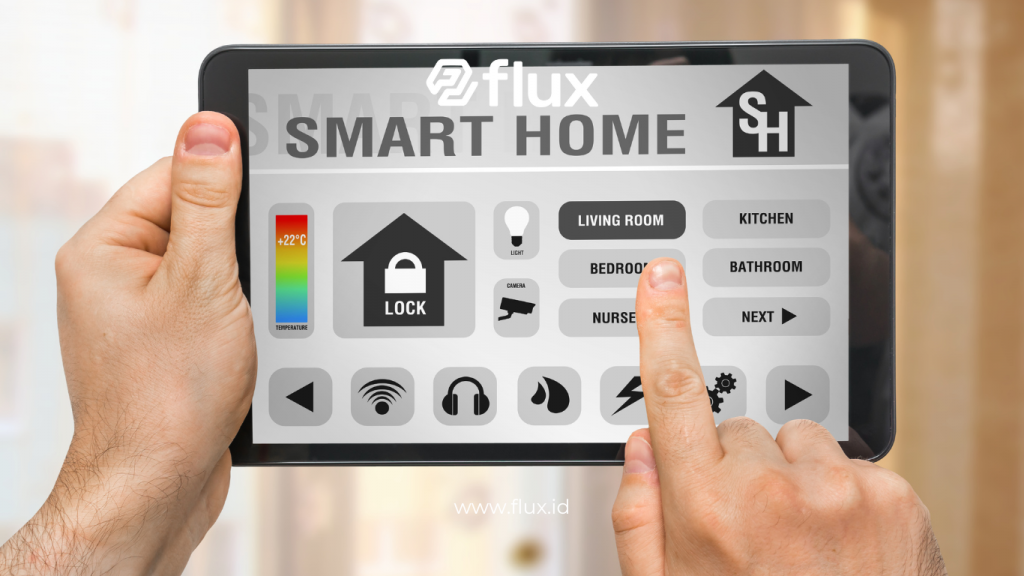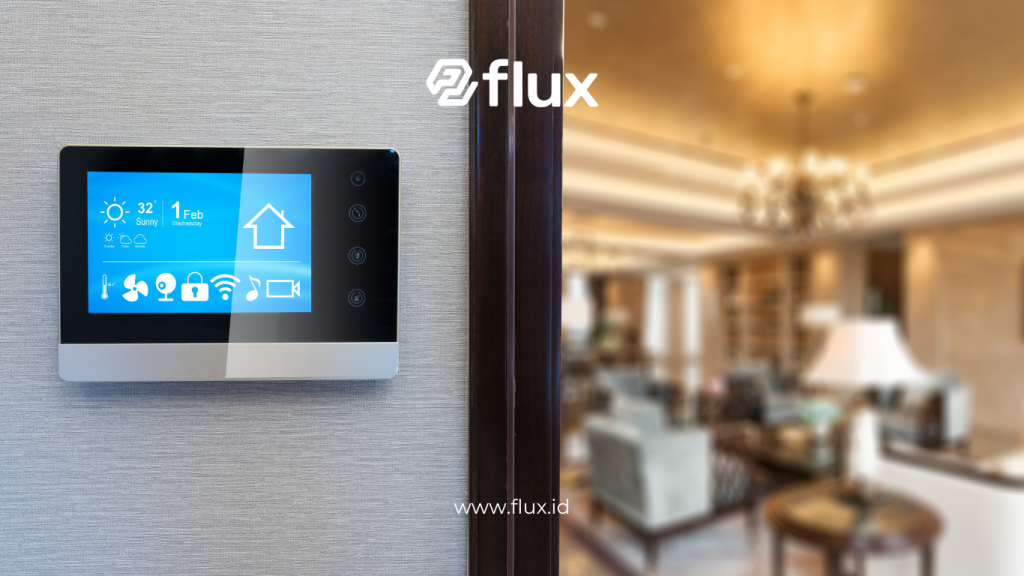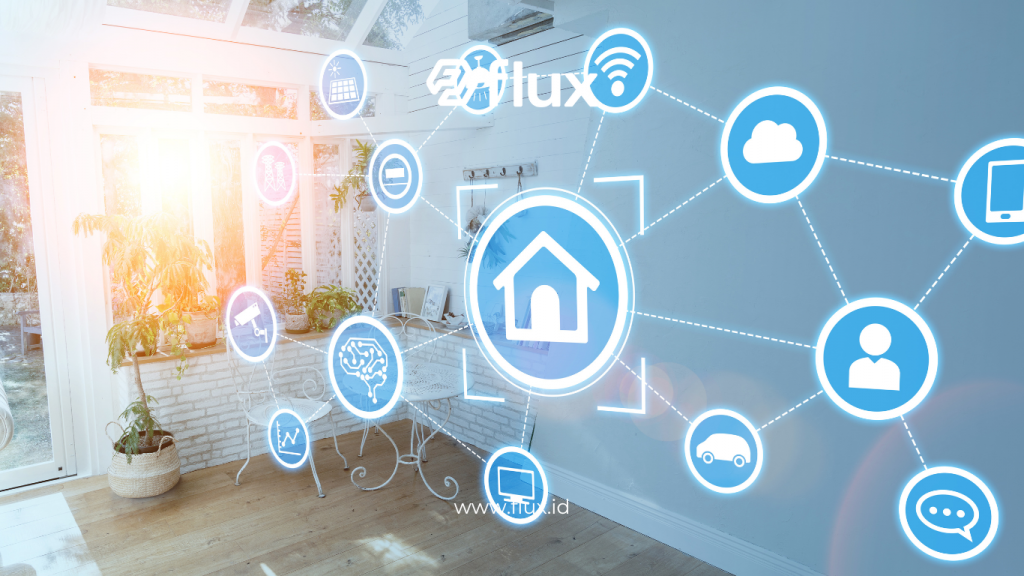Don't miss our holiday offer - 20% OFF!
The Internet of Things (IoT) is no longer just a future technology; it has become part of everyday life, especially in the development of smart homes. This article will discuss Smart Home Concept, how IoT can improve the efficiency, security, and comfort of your home while making the management of smart home systems easier.
Contents
What is IoT and Smart Homes?

Read More: Easily Manage Your Home: IoT as a Smart Home Solution
IoT refers to a network of connected devices that can communicate with each other. In the context of smart homes, IoT devices such as lights, security cameras, thermostats, and sensors are interconnected, allowing for remote control and monitoring through a smartphone or computer application.
Benefits of IoT in Smart Homes
- Energy Efficiency
First, IoT devices enable automatic management and monitoring of energy usage. For instance, lights and electronic devices can be automatically controlled or scheduled to optimize usage time and save energy. - Enhanced Security
In addition, IoT-based security systems, such as CCTV cameras, motion sensors, and alarms, connect directly to smartphones, providing real-time notifications if any suspicious activity occurs. - Comfort and Automation
Furthermore, IoT allows you to control household devices like air conditioners, heaters, and lights anytime and from anywhere. Consequently, managing your home becomes easier and more convenient. - Home Condition Monitoring
Finally, with IoT sensors, you can monitor air quality, temperature, humidity, and even gas leaks. This improves comfort and safety within the home environment.
Common IoT Technologies Used in Smart Homes

Read More: Smart Home 101: Implementing IoT to Enhance Quality of Life
1. Smart Lights
Smart lights allow you to adjust brightness, color, and timing through a smartphone or voice commands. This feature enables lights to function automatically or manually based on your needs.
2. Smart Thermostats
Besides lights, smart thermostats adjust room temperatures according to weather conditions or the presence of occupants in the house. This helps save energy while providing optimal comfort.
3. Security Sensors
Smart security systems are equipped with door and window sensors that send real-time notifications to mobile devices if there are attempts at forced entry.
4. Smart Surveillance Cameras
IoT cameras allow real-time monitoring, recording storage, and even facial recognition for added security.
5. Smart Household Appliances
Appliances such as washing machines, refrigerators, and ovens can connect to IoT systems, allowing for remote monitoring and control.
How to Start a Smart Home with IoT
- Identify Your Needs
First, determine the most relevant and useful devices for your daily needs. Choose devices that provide direct benefits, such as security, energy efficiency, or comfort. - Invest in a Compatible Smart Home Platform
Additionally, select an IoT platform compatible with most smart devices, such as Google Home, Amazon Alexa, or Apple HomeKit. - Installation and Network Setup
Next, ensure your home’s internet connection is stable. A strong Wi-Fi connection is key to ensuring optimal performance for IoT devices. - Set Up Automation
Finally, take advantage of automation features to adjust devices based on specific times or situations, such as turning on lights automatically at night or turning off the air conditioning when no one is home.
Challenges and Risks of Using IoT in Smart Homes

Read More: IoT Application in Smart Homes: Optimizing Comfort and Security
While there are many benefits, using IoT devices in smart homes also presents challenges. Common challenges include data security, privacy, and reliance on the internet.
- Data Security and Privacy
First, IoT devices are connected to the internet, making them vulnerable to cyberattacks. Therefore, it is essential to protect them by setting strong passwords and regularly updating software. - Device Compatibility and Integration
Additionally, not all IoT devices are compatible with specific smart home systems, which can limit integration and control capabilities. - Dependence on Internet Connection
If the internet connection encounters issues, the functionality of IoT devices may be disrupted, affecting security and automation settings. Thus, it is essential to have backup solutions to ensure comfort and safety remain intact.
The Future of IoT and Smart Homes
IoT technology is predicted to advance further, making the smart home concept more accessible and affordable for a wider audience. Moreover, the integration of artificial intelligence (AI) into IoT devices is expected to create smarter systems, providing recommendations based on user habits and enhancing more intuitive interactions.
Conclusion
With the advancement of IoT, smart homes are no longer just a trend but a practical solution that enhances efficiency, security, and everyday comfort. Selecting the right devices and utilizing this technology wisely is key to obtaining optimal benefits. Therefore, by considering security and privacy factors, an IoT-based smart home can significantly change the way we live our daily lives.





